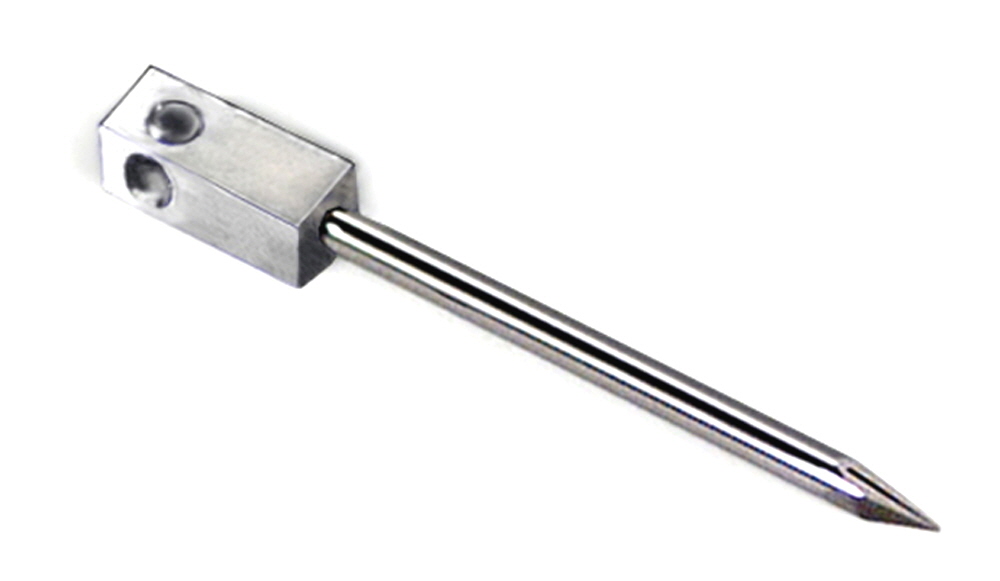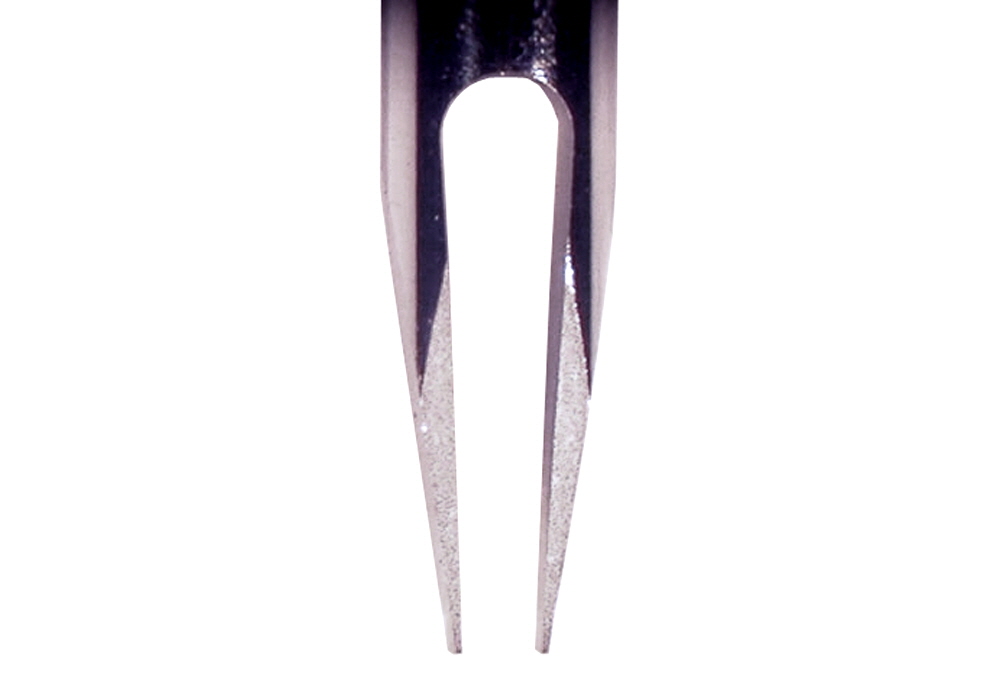Whole Cell Microarray Printing Pins
Data Sheet
![]() Shop this product in our online store
Shop this product in our online store
Arrayit | Whole cell microarray manufacturing contact printing spotting pins WCMP life sciences research
Tools - Microarray Printing - Whole Cell Microarray Printing Pins

Arrayit Whole Cell Microarray Printing Pins leverage the most widely used microarray manufacturing technology in the world, with 100 µm and 500 µm wide uptake channels and 1.25 µl loading volumes to efficiently print intact human, fungal and bacterial cells into microarrays. Whole cell microarray printing pins are compatible with Professional, 946 and Stealth style Printheads NanoPrint™ 2 LM60, LM210, SpotBot® 4, SpotBot® Extreme and SpotBot® Titan Microarrayers. Whole cell pins can also be used to print microarrays containing 500-750 µm spots and 200 nl spot volumes.
Reference Publication:
Human Cell Chips: Adapting DNA Microarray Spotting Technology to Cell-Based Imaging Assays
T Hart, A Zhao, A Garg, S Bolusani, EM Marcotte - PLoS ONE, 2009 - dx.plos.org
Abstract: Here we describe human spotted cell chips, a technology for determining cellular state across arrays of cells subjected to chemical or genetic perturbation. Cells are grown and treated under standard tissue culture conditions before being fixed and printed onto replicate glass slides, effectively decoupling the experimental conditions from the assay technique. Each slide is then probed using immunofluorescence or other optical reporter and assayed by automated microscopy. We show potential applications of the cell chip by assaying HeLa and A549 samples for changes in target protein abundance (of the dsRNA-activated protein kinase PKR), subcellular localization (nuclear translocation of NFκB) and activation state (phosphorylation of STAT1 and of the p38 and JNK stress kinases) in response to treatment by several chemical effectors (anisomycin, TNFα, and interferon), and we demonstrate scalability by printing a chip with ~4,700 discrete samples of HeLa cells. Coupling this technology to high-throughput methods for culturing and treating cell lines could enable researchers to examine the impact of exogenous effectors on the same population of experimentally treated cells across multiple reporter targets potentially representing a variety of molecular systems, thus producing a highly multiplexed dataset with minimized experimental variance and at reduced reagent cost compared to alternative techniques. The ability to prepare and store chips also allows researchers to follow up on observations gleaned from initial screens with maximal repeatability.

Figure 1. Whole Cell Microarray Printing Pin (Cat. WCMPL) tip at 40X magnification, showing the flat 500 µm wide tip and uptake channel. WCMPL whole cell pins are used to manufacture whole cell microarrays and printed microarrays of 500-750 µm diameter microarray spots and 15-25 nl per spot printed volume.
Related Products
SuperStreptavidin Substrates

